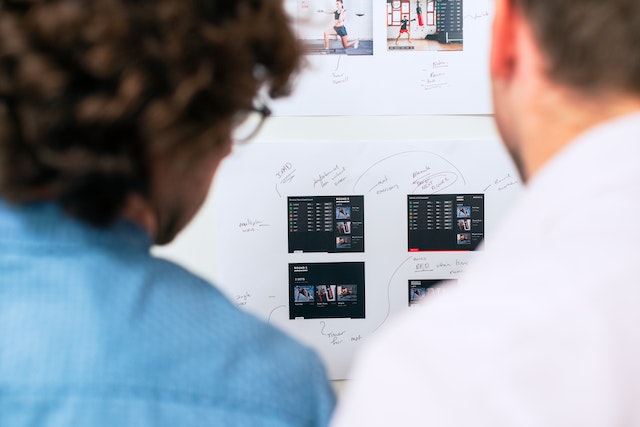
GUEST POST from Art Inteligencia
As technology becomes increasingly complex, the need for user-friendly design and user experience (UX) is more important than ever. To understand user experience, it’s essential to understand human-centered design, which is the practice of designing products and services with the user’s needs and objectives as the focal point. Human-centered design involves looking at the needs and wants of a product’s end user, rather than the product or service itself, which helps create a better user experience. The focus of human-centered design is on creating the best possible user experience, and many companies have realized the benefits of using this approach. Here, we’ll look at two case studies of successful human-centered design and user experience.
What are the key ways that human-centered design and user experience intersect?
There are definite intersections between user experience and human-centered design. Here are four (4) intersection points to consider:
1. Focus on Context: Human-centered design and user experience both focus on taking the context of the user into account and ensuring the system meets their needs. This means understanding the user’s environment, their emotional state, and their goals, and then designing the system to meet those needs.
2. Create Solutions for Different Types of Users: Human-centered design and user experience approach the problem solving process differently. They take into account how people interact with the system, how they may encounter problems, and how they feel. Then, they create solutions that can be tailored to specific types of users, older users, disabled users, etc.
3. Enable Iterative Development: Human-centered design and user experience methods enable a more iterative development process. This means that the design process can evolve as new information comes in from users, allowing for improved solutions at each step of development.
4. Focus on Holistic Experiences: Human-centered design and user experience place importance on the usability of the system, but also the overall experience the user will have. This means that both the visuals and the usability should enhance the user’s experience. It also means that the system should be easy to use and understand, no matter how it is accessed.
Case Study 1 – Healthcare Industry
The first case study is an example of human-centered design applied to the healthcare industry. Vitamin Health is a company that is leveraging human-centered design to quickly and accurately deliver personalized vitamin and supplement recommendations, tailored to the individual’s lifestyle and health needs. The company created an online platform that assesses the user’s needs and then generates personalized vitamin and supplement recommendations. After a brief survey, the user is presented with a clear summary of their recommended vitamins and supplements. Along with providing the recommendations, Vitamin Health has also created an app that allows users to manage their vitamin and supplement intake. Vitamin Health has improved the user experience by making the process of obtaining personalized recommendations easy and convenient.
Case Study 2 – Entertainment Industry
The second case study involves human-centered design applied to the entertainment industry. Netflix is a streaming service provider that has placed a strong emphasis on user experience. Netflix uses human-centered design to create a personalized experience for each user. It is constantly collecting data on user action in real time, which is then used to make personalized recommendations. Netflix has implemented many features that allow users to find content that suits their particular interests and preferences. The company has also made the process of subscribing to its service quick and easy.
Conclusion
By focusing on human-centered design and user experience, Netflix and Vitamin Health have been able to create products and services that are more user-friendly, efficient, and enjoyable. They have also demonstrated the importance of understanding the needs of end users in order to create an optimal user experience. Human-centered design is quickly becoming the foundation of modern product and service design, and companies must consider the end user’s needs if they hope to remain competitive in the future.
SPECIAL BONUS: Braden Kelley’s Problem Finding Canvas can be a super useful starting point for doing design thinking or human-centered design.
“The Problem Finding Canvas should help you investigate a handful of areas to explore, choose the one most important to you, extract all of the potential challenges and opportunities and choose one to prioritize.”
Image credit: Pexels
![]() Sign up here to get Human-Centered Change & Innovation Weekly delivered to your inbox every week.
Sign up here to get Human-Centered Change & Innovation Weekly delivered to your inbox every week.